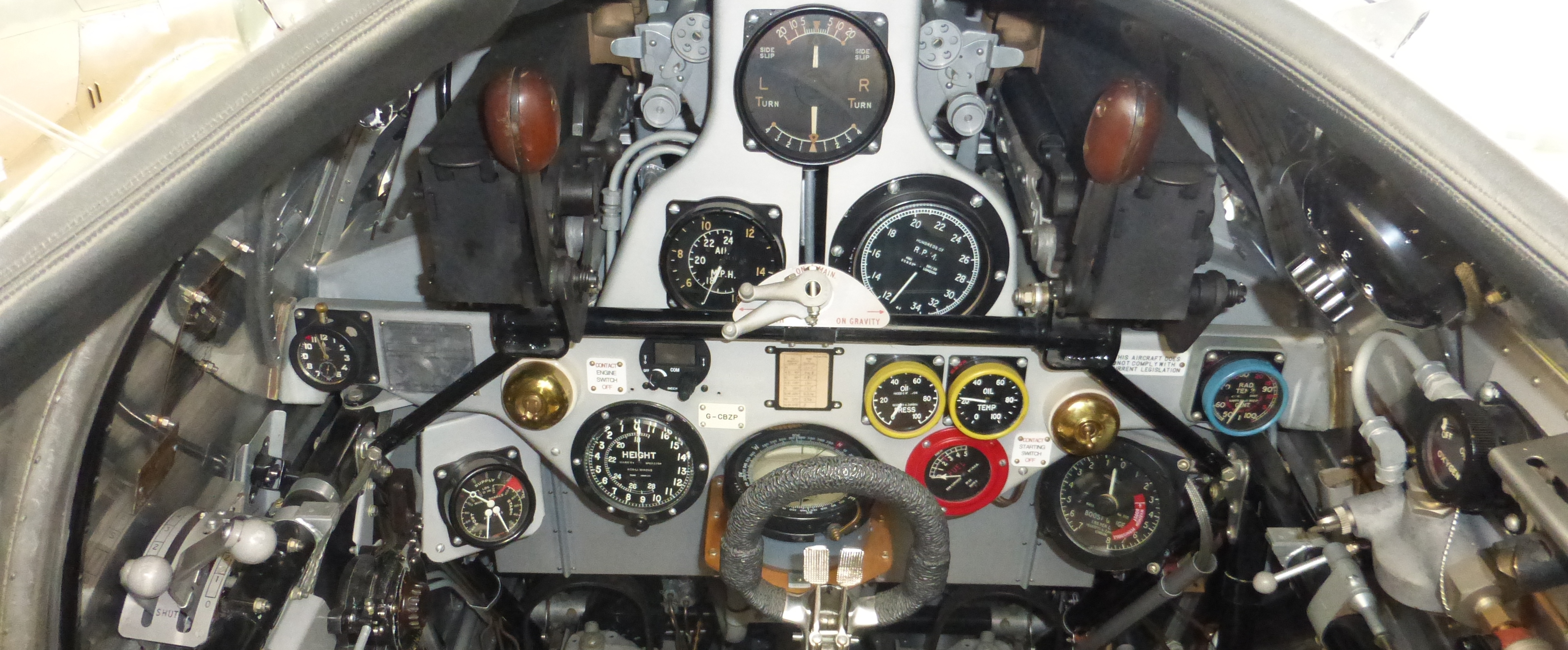Another feature on an aircraft that features in the HAA’s list of National Treasures
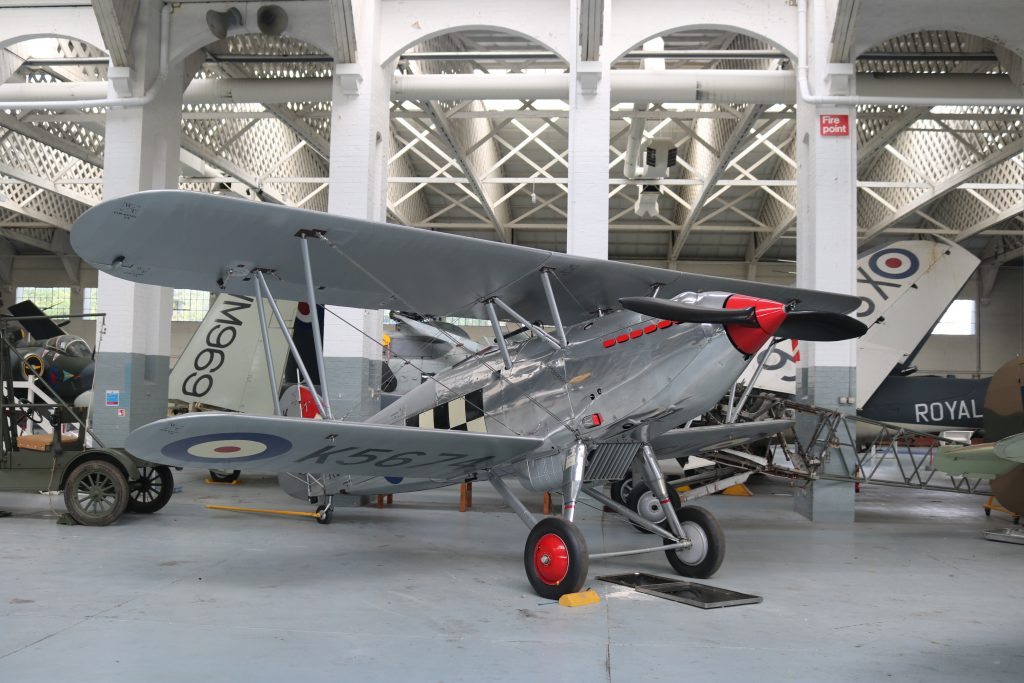
The Hawker Fury is a key aircraft in Britain’s military history. Without the Fury, there would have been no Hawker Hurricane, without which the result of the Battle of Britain could have been very different.
There is the one unique surviving Hawker Fury in the world – K5674 – that is the airworthy Historic Aircraft Collection Fury based at Duxford. There is not even another as a static example anywhere in the world. K5674 served with 43 Squadron at Tangmere between 1936 and 1939 and then went on to serve in South Africa. It was recovered and restored by Retrotec (HAA Conrod Trophy winner) between 1992 and its first post-restoration flight in 2012. The aircraft is available for film and TV work and air displays.
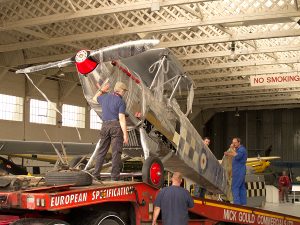
History
In 1921/2 there was worsening of political relations with France and strange as it seems in the present day, France was identified as a major threat to Britain because of the size of the French Air Force and this led to decisions to strengthen the RAF. Two ‘Home Defence Expansion Schemes’ were proposed; in 1922 for 23 squadrons and then this was superseded by 1923 scheme for 52 Squadrons.
The ability to climb fast for interception was vital and Chief of the Air Staff Trenchard referred to such these units ‘Interception’ fighters, or interceptors. The fast climb requirement could only be met by biplanes in the 1920s such as the Armstrong Whitworth Siskin. The need for interceptors created the requirement for the the Hawker Fury.
Rolls Royce Kestrel engine
Designed by Sydney Camm, the Hawker Fury was the single-seat fighter developed from the Hawker Hart and was powered by the Rolls Royce Kestrel. Napier was invited by the Air Ministry to develop a new V12 engine but they did not take up the offer as they were “too busy”. Designer Arthur Rowledge left Napier and moved to Rolls Royce who had taken on the work instead and built the ‘F’ engine, as the Kestrel was originally named. The 22 litre V12 Rolls Royce Kestrel brought major advances in performance from its streamlined engine shape and its early supercharging which went in to the Hawker Hart family of silver biplanes. The Kestrel would go on to be developed into the legendary 27 litre V12 Rolls Royce Merlin.
Ease of maintenance and construction – lessons to be taken forward
The Hart family of aircraft which included the Fury incorporated a part-metal structure he had been considering for future designs and introduced a metal tube girder-like structure strengthened by internal wire bracing and were bolted together with ‘Fishplates’ and with a multifaceted wing spar made from rolled steel strip. This design option was cheaper than a welded structure and could be repaired easily in the field and not have to go to repair units elsewhere. This would prove a critical design decision years later with the Hurricane. The simplicity of the Hawker system of manufacture meant that in case of an emergency the expansion of production could be rapid and repairs could be more easily carried out in service.
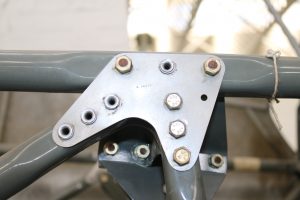
Hawker Fury
The Specification that led to the Fury required the single-seat interceptor ‘to climb to 20,000ft in 12 minutes and ‘a top speed of 190mph at 20,000ft was desirable’. The Fury would meet the specification for an Interception fighter, stationed on the South Coast and in place to carry out their interceptions – just as the Hurricanes that followed it would do in 1940.
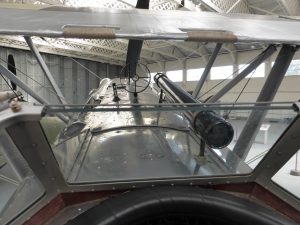

The Fury was the first RAF fighter to exceed 200 mph and apart from its Service in the RAF would go on to be exported to Yugoslavia, Spain – where examples took part in the Spanish Civil War – Persia and South Africa. 279 Fury’s were built.
Training for the Battle of Britain
Many lessons learned from Fury in terms of its design that could be taken forward to the Hurricane and defend Britain, its ease of construction and battle repair, and the potential of its Rolls Royce engine. In addition many of the RAF’s future fighter pilots and leaders flew and learned their air fighting skills in the Fury and took those lessons forward to the Battle of France and Battle of Britain.
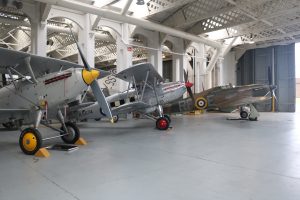
The Hawker Fury is regarded as the epitome of biplane design and considered to be the most beautiful biplane of all time. However its key role in fighter development is often overlooked and is rightly regarded to be in the Top Ten by the Historic Aircraft Association in their National Treasures list.
Howard Cook
2021


